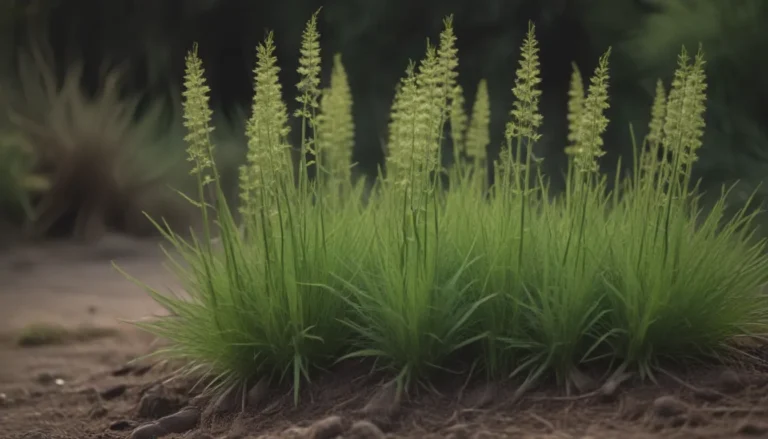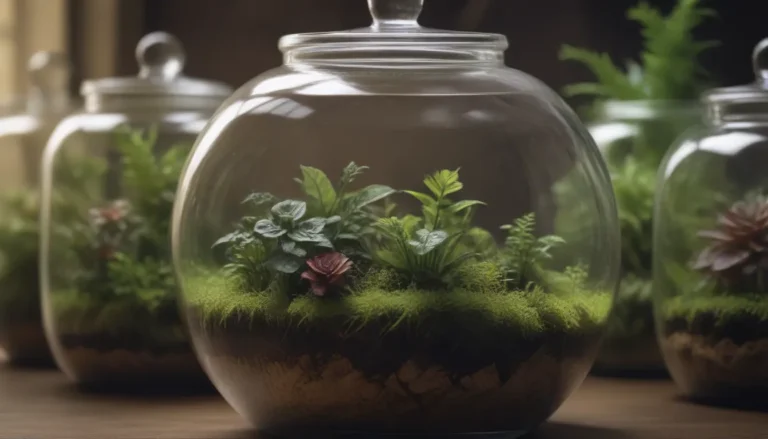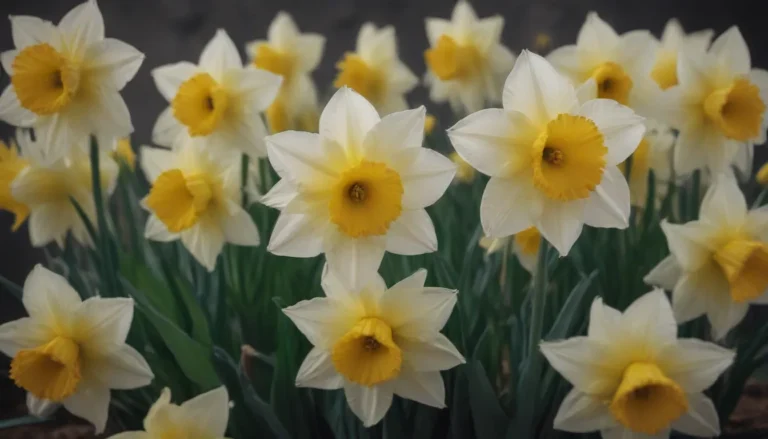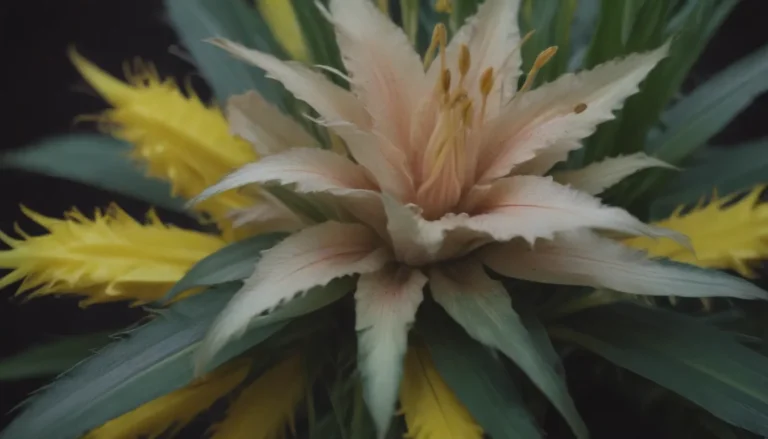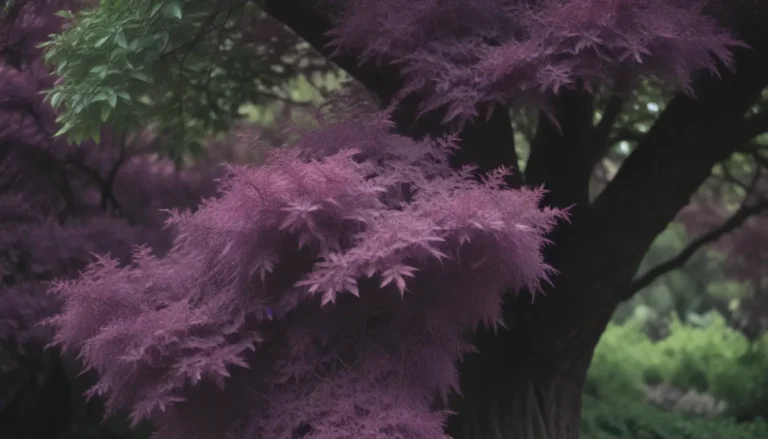The Ultimate Guide to Growing and Caring for Common Beans
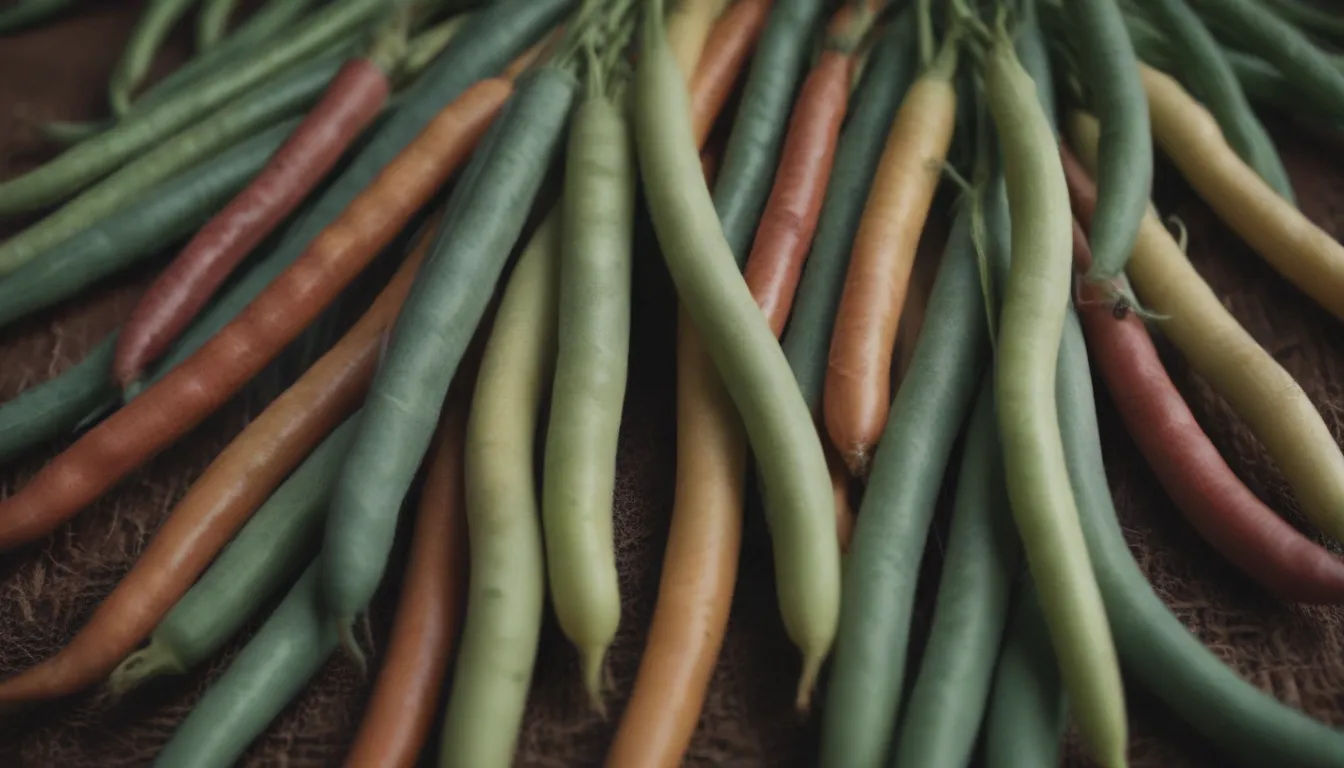
If you’re looking to add some green to your garden and enjoy the satisfaction of growing your own vegetables, common beans, also known as Phaseolus vulgaris, are a great choice. This versatile plant offers a variety of pod/snap beans, shell beans, and dry beans to suit your culinary preferences. Whether you’re a seasoned gardener or new to the world of growing your own produce, this comprehensive guide will walk you through everything you need to know to successfully grow and care for common beans.
Getting Started with Common Beans
Before you dive into planting your common beans, it’s essential to understand the basics of this vegetable plant. Common beans include pole bean varieties that grow on long vines and bush beans that are low-growing. These beans come in various colors, including green, purple, red, yellow, and streaked. When properly cared for, common beans are annual vegetables that grow quickly and produce beautiful flowers within two months of planting.
How to Plant Common Beans
To ensure a successful bean harvest, follow these essential steps for planting your common beans:
- When to Plant: Avoid planting too early to prevent seeds from rotting in cold, damp soil. Wait until after all danger of frost has passed in the spring.
- Selecting a Planting Site: Choose a sunny spot with organically rich soil that drains well. Avoid planting near tall shrubs or trees that may cast too much shade.
- Spacing, Depth, and Support: Plant seeds about an inch deep and provide support for vine varieties like pole beans.
Common Bean Care Tips
Taking care of your common beans is key to a bountiful harvest. Here are some essential care tips to keep your bean plants healthy and productive:
Light and Soil
- Ensure your beans receive full sun for optimal growth.
- Plant them in organically rich, loamy soil with good drainage and a slightly acidic pH.
Watering and Temperature
- Water your beans consistently, aiming for 1 inch of water per week.
- Keep an eye on soil moisture and adjust watering as needed.
- Monitor soil and air temperatures for ideal growth conditions.
Fertilization and Pollination
- Avoid high-nitrogen fertilizers and opt for a balanced fertilizer to feed your bean plants.
- Know that most bean varieties are self-pollinators, making cross-pollination unnecessary.
Types of Common Beans
Explore the various types of common beans available in the market, from the popular ‘Kentucky Wonder’ and ‘Bountiful’ varieties to the vibrant ‘Royal Burgundy’ and ‘Golden Wax Bean.’
Pod/Snap Beans vs. Shell Beans vs. Dry Beans
Understand the differences between pod/snap beans, shell beans, and dry beans to choose the best variety for your culinary needs.
Harvesting Common Beans
Harvesting common beans can be a rewarding experience. Ensure a continuous bean supply by picking them at the right time and storing them properly.
Growing Common Beans in Pots
If you’re short on garden space, consider growing beans in containers. Follow specific guidelines for container gardening to ensure a successful bean harvest.
Pruning and Propagation
Learn about the best practices for pruning common beans and propagating new plants from seeds for continued growth year after year.
Common Pests and Plant Diseases
Protect your bean plants from common pests like Mexican bean beetles and spider mites, as well as fungal diseases such as Alternaria leaf spot. Implement preventive measures and choose disease-resistant bean varieties for a healthy garden.
Conclusion
By following the tips and guidelines outlined in this comprehensive guide, you can grow and care for common beans successfully. Whether you’re a novice gardener or seasoned pro, there’s always something new to learn and try in the world of home gardening. So roll up your sleeves, grab your gardening tools, and get ready to enjoy a bountiful harvest of delicious common beans in your backyard. Happy gardening!
Incorporating these strategies and techniques into your common bean gardening routine will ensure a successful and rewarding experience. So, get your hands dirty, watch your beans grow, and savor the fruits of your labor at your next family meal. Happy gardening!
References:
– North Carolina State Extension. “Phaseolus Vulgaris (Bean, Beans, Green Bean, Green Beans).”
– Cornell University Department of Animal Science. “Plants Poisonous to Livestock.”
– Missouri Botanical Garden. “Phaseolus vulgaris.”
